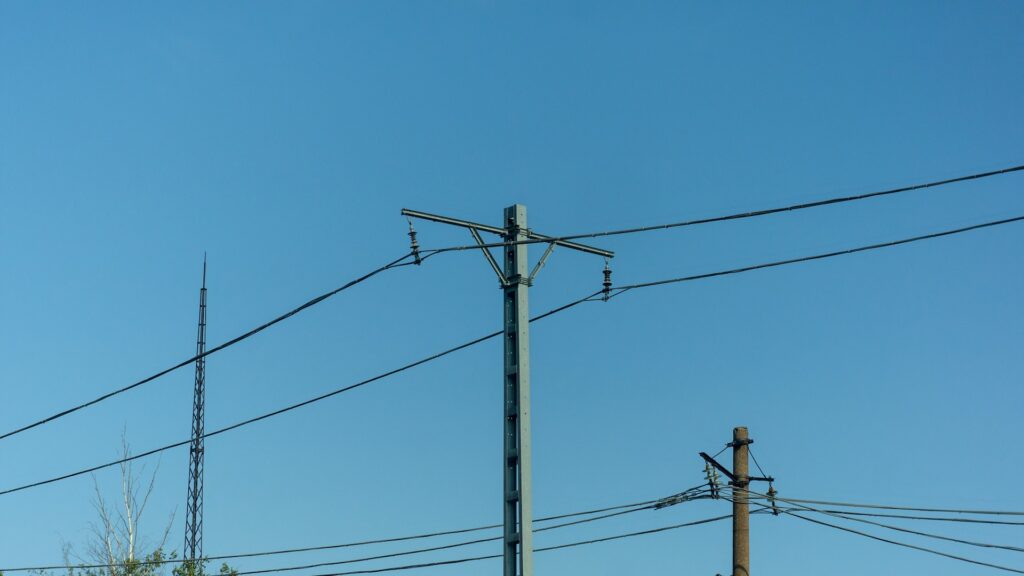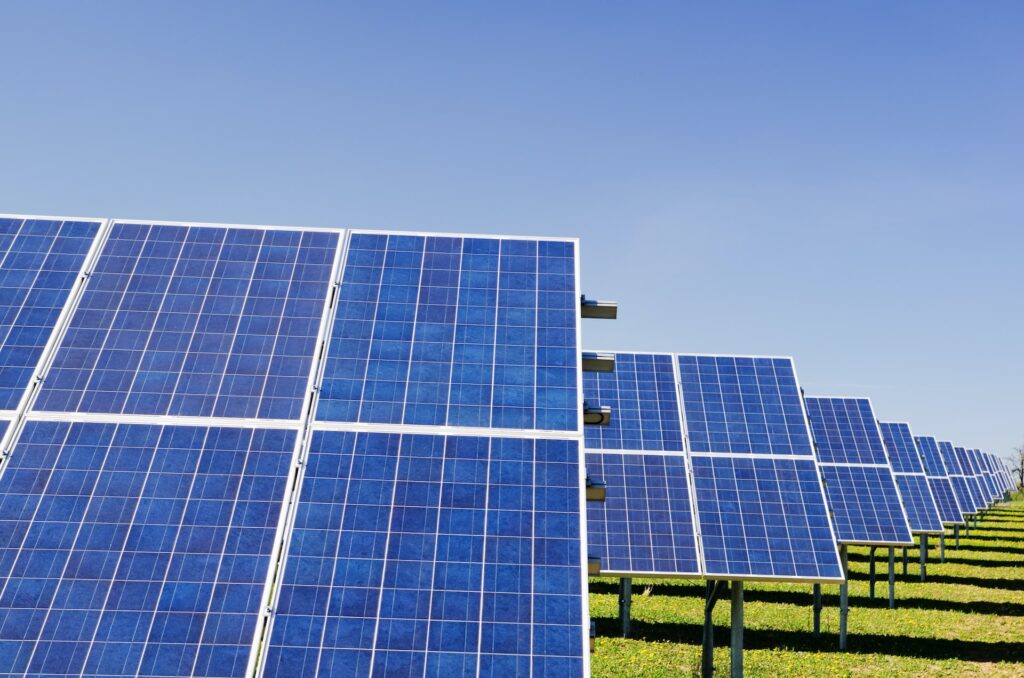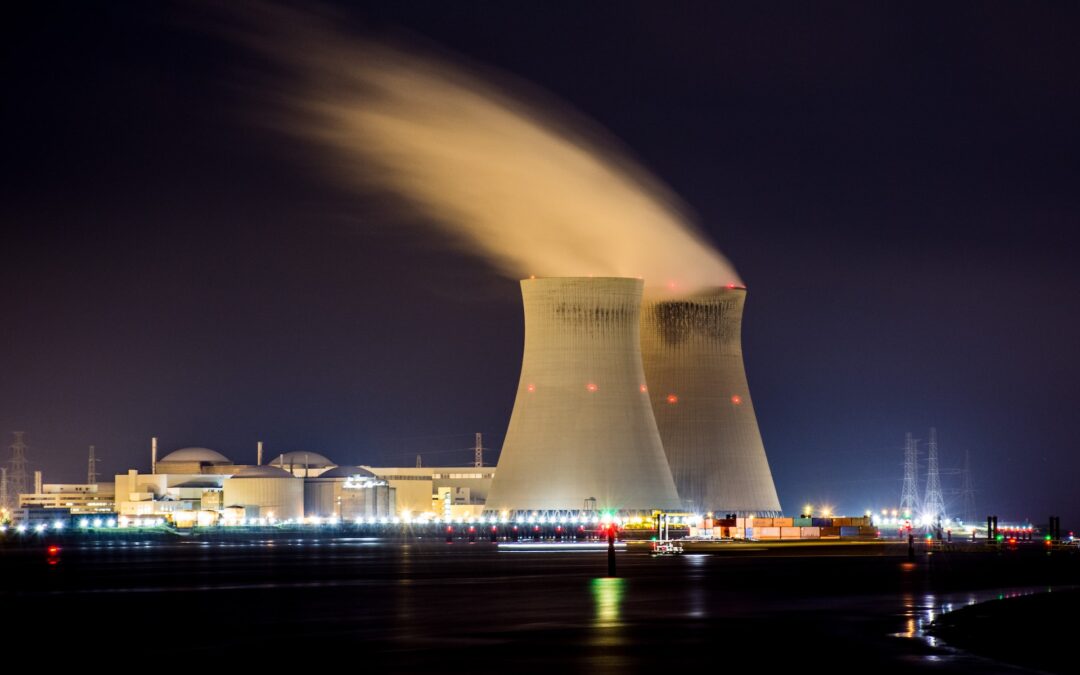- Canada is one of the leading energy producers in the world from its vast resources for energy production.
- Canada is highly rich in oil, natural gas, hydropower, wind, solar and nuclear energy.
- It has also embraced the use of renewable energy to reduce the carbon dioxide emission.
Canada is a country rich and full of energy resources which makes it one of the leading producers of energy in the world. Canada is located in Northern part of America, the west part of it is North pacific Ocean. The east part is North Atlantic Ocean. The southern part of it has a bunch of countries including America, Mexico, Cuba and more. Because of its special location and weather condition, it cause various energy providing methods.
Form the whole world, Canada is a leader producer of oil and gas, being the fourth largest producer of crude oil, and fifth largest producer of natural gas. 97% of Canada’s proven oil reserves are located in the oil sands.
Spool insulator is a type of insulator that is used on the overhead transmission lines to protect the conductors from the sudden increase in current. They are used on low voltage power lines which also protect the other devices on the lines from excess current.
Types of energy sources in Canada

Canada is most resourceful when it comes to energy sources. These sources of energy help in maintaining the growth and development for the country. The pole line hardware is made from materials that help them to resist the different elements that cause corrosion and rust such as dust, water, chemicals, heat among other elements. The types of energy sources in Canada are discussed below.
Oil
Canada is known to have the forth-largest oil reserves in the world with production of over 160 billion barrels of oil. This means that the country produces about 4.7 million barrels per day. About 99% of oil produced in Canada is exported to the USA and with a bit more developed infrastructure such as pipelines, Canada could attain global market share. Pole line hardware is used to ensure there is no loose connections in the overhead installations. The oil is used to create transportation fuels such as gasoline, diesel and jet fuel. It can also be used for heating, and as biofuel for petrochemicals which can be used to create many other products.
Natural gas
Canada has massive reserves for natural gas which is enough to meet the country’s needs for 300 years to come. The export of natural gas using liquefied natural gas (LNG) facilities on Canada’s west coast could enable Canada to ship its plentiful energy resources to markets in Asia. This could also help to reduce global greenhouse emissions by shifting coal. Natural gas is used in heating, cooking, transportation and electricity generation.
Coal
Coal in Canada is mainly used in steel making and electricity generation. Canada currently has 24 operating coal mines making it the most abundant fossil fuels available in the country. Pole line hardware enhance the smooth flow of electricity in their predetermined lines.
Hydroelectricity
Most of electricity produced in Canada is from water stored in a reservoir behind a dam. It attributes to 60% of the total energy produced in the country which makes it the second-largest generator after China.
Nuclear power
Canada has been producing electricity from nuclear energy since the 1960s. Five plants in the country houses 22 nuclear power reactors which produces about 15% of Canada’s electricity.
Wind
Canada currently marks as the eighth in the world for installed wind energy capacity. It has expanded over the last few years and is estimating to continue growing due to increased interest from electricity producers and government initiatives. Pole line hardware is made from galvanized steel that helps them to resist rust and corrosion.
The ratio chart of energy in Canada
| Energy source | energy ratio |
|---|---|
| Hydro | 47.0% |
| Petroleum | 37.0% |
| Natural gas | 14.0% |
| Wind | 2.0% |
Now the whole world is looking for the new trend of energy, so we will focus the renewable energy in Canada.
Renewable energy in Canada
Canada has been focused on creating a cleaner production process for energy in order to preserve the environment. This has helped in reducing the carbon and other harmful gas production from the country leading to a cleaner future. About 65% of the total electricity produced in 2015 in Canada, was from hydro, wind, solar, biomass, tidal, geothermal and tidal wave energy. The sources are further discussed below.
Hydroelectricity
All the hydroelectric stations in Canada accounted for about 59% of the total electricity produced in 2014. The country is the second largest producer of hydroelectricity from China. Spool insulators could also act as protection from damages that may be caused by lightning to the conductors. From the abundance of mountains and rivers, Canada has over 542 hydroelectric stations installed capacity.
Bioenergy
Biomass is a material in solid, liquid or gaseous form that has stored sunlight in the form of chemical energy. Wood and its waste can be combusted to produce heat used for industrial purposes, space and water heating or steam for electricity generation. Spool insulators are installed close to the conductors to protect them from physical damages caused by different factors in the environment. In Canada, wood and its waste has been used for space and water heating and also for cooking. In 2014, Canada had 70 bioenergy power plants and most of the energy was generated using wood waste, spent grinding liquid, landfill gas and organic public solid waste.
Wind power
The wind energy is captured only when the wind speed is adequate to move the turbines blades. The blades may be damaged if the wind is captured during the high winds. Spool insulators should be used on low voltage transmission lines to avoid damages. Installed wind power capacity in Canada has expanded quickly in recent years and is predicted to continue to grow at a rapid speed due to the increased interest from electricity producers.
Solar energy

The potential of solar energy is lower in the coastal areas due to increased cloud coverage and is higher in the central regions. The use of solar energy in Canada has increased in recent years although it remains moderately small in terms of market diffusion.
Geothermal energy
The highest temperature geothermal resources in Canada are located in British Columbia, Yukon, Northwest territories and Alberta. The energy is captured from the heat stored beneath the earth’s surface or absorbed heat in the atmosphere and oceans.
Ocean energy
The big part of Canada is surrounded by oceans which makes the access a substantial energy potential. The country has a tidal power plant in Nova Scotia with a generating capacity of 20 megawatts of electricity. Spool insulators are important for the overhead transmission lines to ensure the conductors are protected from all factors that may cause damage.
Technology trends in 2023 in Canada
The country is focused on being more equipped to achieve their goals and transform businesses in unconceivable ways. Utility fasteners are served as non-permanent joints to avoid abrasion and damage to all the other parts of the overhead transmission lines. Canada has adapted some technologies that are expected to shape the future of the energy industry. The technologies will make the industry more sustainable and create new opportunities for organizations to innovate and grow. These technologies are further discussed below.
Decarbonization
Decarbonization is expected to present unparalleled opportunity to update mature energy infrastructure, invest in new energy technologies enable workers to operate effectively and develop entirely new business models and growth drivers. The demand for clean energy from solar, wind, geothermal and nuclear energy will continue to grow and play an important role of the clean energy discussion as more companies move towards net-zero commitments. Utility fasteners are also made from materials that helps them to resist rust and corrosion and help increase the serviceable life of the devices. The increased adoption of the renewable energy sources will help to drive decarbonization and reduce the carbon footprint of the electricity sector and help lessen climate change.
Decentralized energy
The increased adaptation of the renewable energy can also help to decentralize the energy system. The decentralized energy systems are defined by the energy that is generated close to where it will be used rather than at an manufacturing plant and sent through the national grid. This helps to increase the use of renewable energy and reduce the use of fossil fuels. Some utility fasteners are coated while other are not depending on the type of application they oil be applied in. This helps to increase the resilience of the energy system and reduce influence of outages or grid failures. This decentralization will also give the communities a chance to control their energy production. It will also help to the growth of more energy storage solutions. Energy storage provides flexibility and efficiencies which allow companies to use energy exactly when and where it is needed the most.
Digitizing Canada’s energy sector
More companies around the world are turning to digital solutions to future-proof their businesses and convert their workforce which in turn helps with the transition to clean energy. Canada is expecting the security, resiliency and sustainability to continue to grow and develop the industries. This will help to improve safety, performance, reduce costs and manage risks. Utility fasteners are served as a crucial component to any power systems. This digitization may include the use of Microsoft intelligent data platforms, Azure IoT and Ai for data strategy, analysis, increase operational profitability, efficiency and resiliency. Canada is entering a phase of transformations driven by the digital competences of technologies like the Cloud, AI, IoT and quantum computing.
FAQs
What are the top energy sources in Canada?
- Hydro: 47.0%
- Petroleum: 37.0%
- Natural gas: 14.0%
- Wind: 2.0%
What is new technology trend in energy sector in Canada?
Decarbonization,Decentralized energy,Digitalization.


